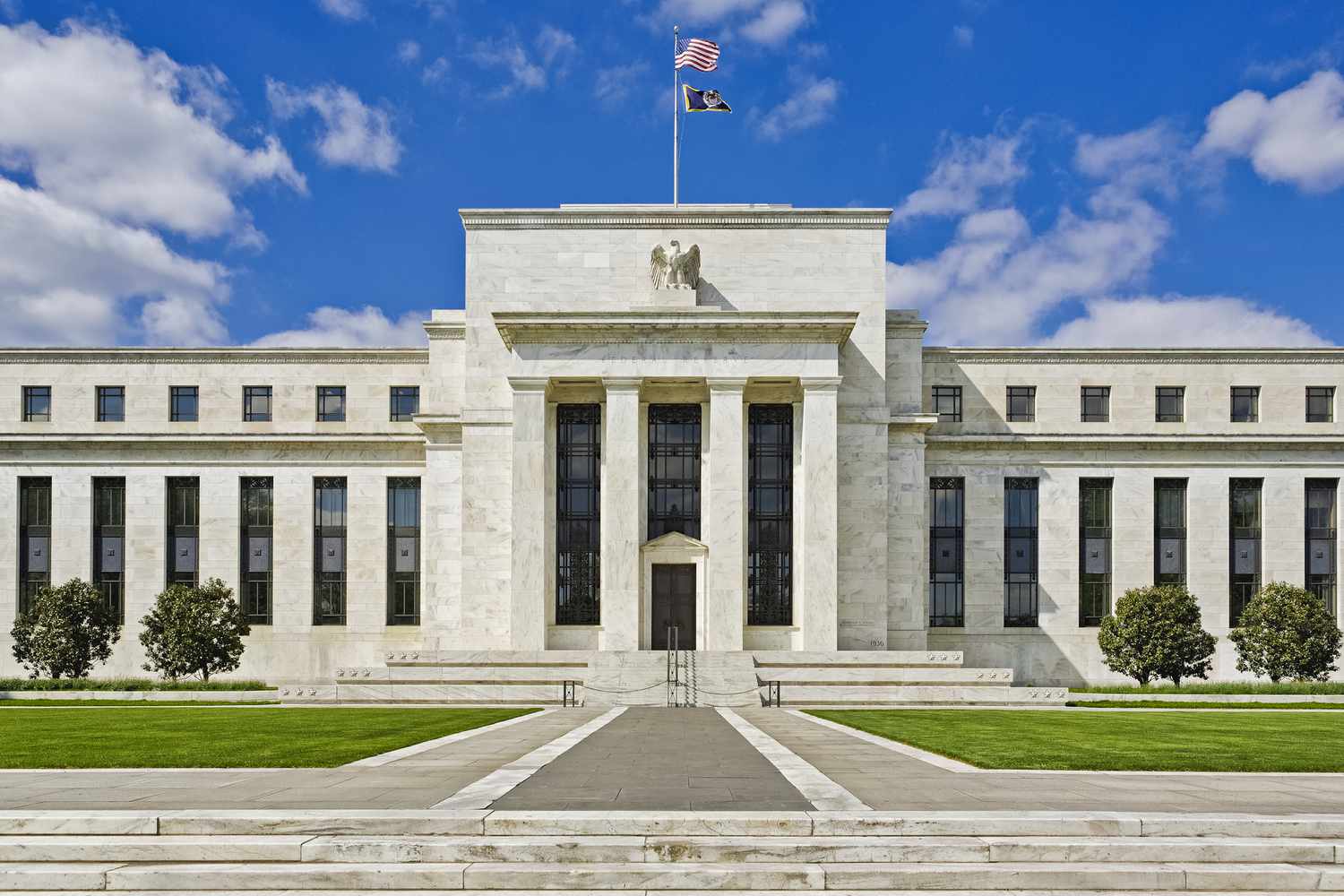

Finance
Federal Home Loan Bank Act Definition
Published: November 22, 2023
Learn about the Federal Home Loan Bank Act in the world of finance, its definition, and its impact on the industry.
(Many of the links in this article redirect to a specific reviewed product. Your purchase of these products through affiliate links helps to generate commission for LiveWell, at no extra cost. Learn more)
Understanding the Federal Home Loan Bank Act: Unlocking Financial Opportunities
When it comes to finance, it’s important to have a solid understanding of the legislative frameworks and acts that govern the industry. One such act that has played a significant role in fostering stability and liquidity in the housing market is the Federal Home Loan Bank Act. But what exactly is this act, and how does it impact the financial landscape? In this blog post, we will dive deep into the Federal Home Loan Bank Act, exploring its history, purpose, and key provisions.
Key Takeaways:
- The Federal Home Loan Bank Act was signed into law in 1932 to promote homeownership and provide a stable source of funds for local lenders.
- Under the act, a network of regional Federal Home Loan Banks (FHLBs) was established to provide low-cost loans to member financial institutions.
A Brief History:
The Federal Home Loan Bank Act, often referred to as the “FHLB Act,” was enacted in 1932 during the Great Depression. The primary objective of this act was to address the widespread mortgage crisis by providing a reliable financial infrastructure to support lenders and facilitate homeownership for Americans.
Prior to the FHLB Act, the housing market was in turmoil, with many homeowners struggling to repay their mortgages. The act created a network of regional Federal Home Loan Banks (FHLBs) that served as cooperative institutions, providing low-cost loans to member financial institutions, including savings and loan associations, commercial banks, and credit unions.
Purpose and Key Provisions:
The main purpose of the Federal Home Loan Bank Act was to address persistent issues in the mortgage market by establishing a system that offered support and resources to lenders. Some of the key provisions outlined in the act include:
- The Creation of Federal Home Loan Banks (FHLBs): The act authorized the establishment of 12 regional FHLBs across the United States. These banks provided a reliable source of funds to member institutions, allowing them to offer more affordable mortgage loans to their customers.
- Membership Requirements: To become a member of a Federal Home Loan Bank, financial institutions were required to purchase stock in the respective bank and meet specific criteria, such as being subject to supervision and examination.
- Access to Low-Cost Funds: Once a financial institution became a member of an FHLB, it gained access to low-cost funds that could be used to provide housing loans at favorable interest rates.
- Safety and Soundness: The act also focused on ensuring the safety and soundness of the FHLBs and their member institutions by imposing strict regulations and oversight measures.
The Impact and Legacy:
The Federal Home Loan Bank Act has had a lasting impact on the housing market and the broader financial sector. By establishing a network of regional banks, the act provided stability and liquidity to the mortgage market, making homeownership more accessible to a broader range of Americans. The FHLBs continue to play a crucial role in supporting affordable housing initiatives and fostering sustainable lending practices.
In conclusion, the Federal Home Loan Bank Act is a pivotal piece of legislation that has shaped the financial landscape in the United States. By understanding its history, purpose, and key provisions, individuals and financial institutions can gain valuable insights into the importance of fostering stability and accessibility in the housing market.














